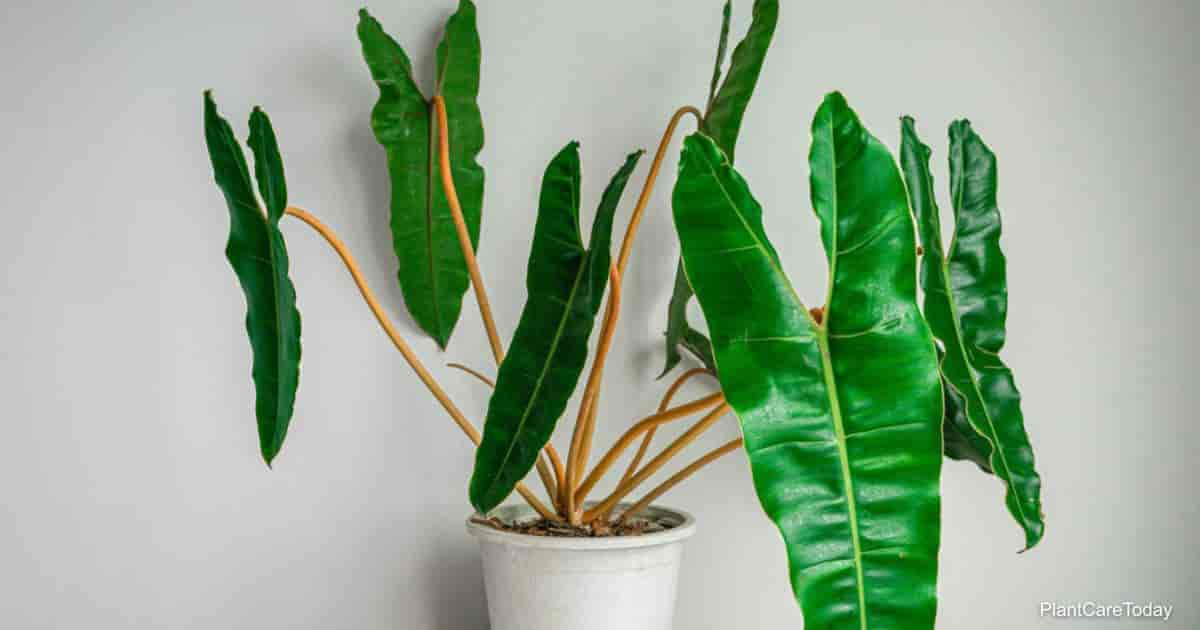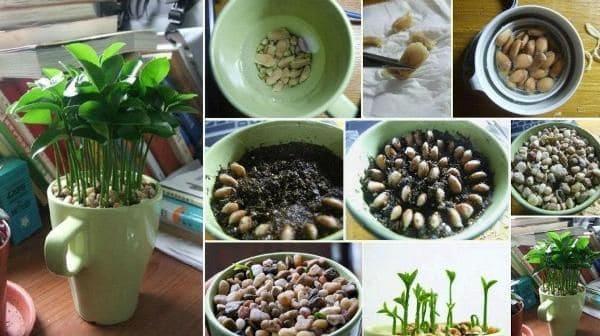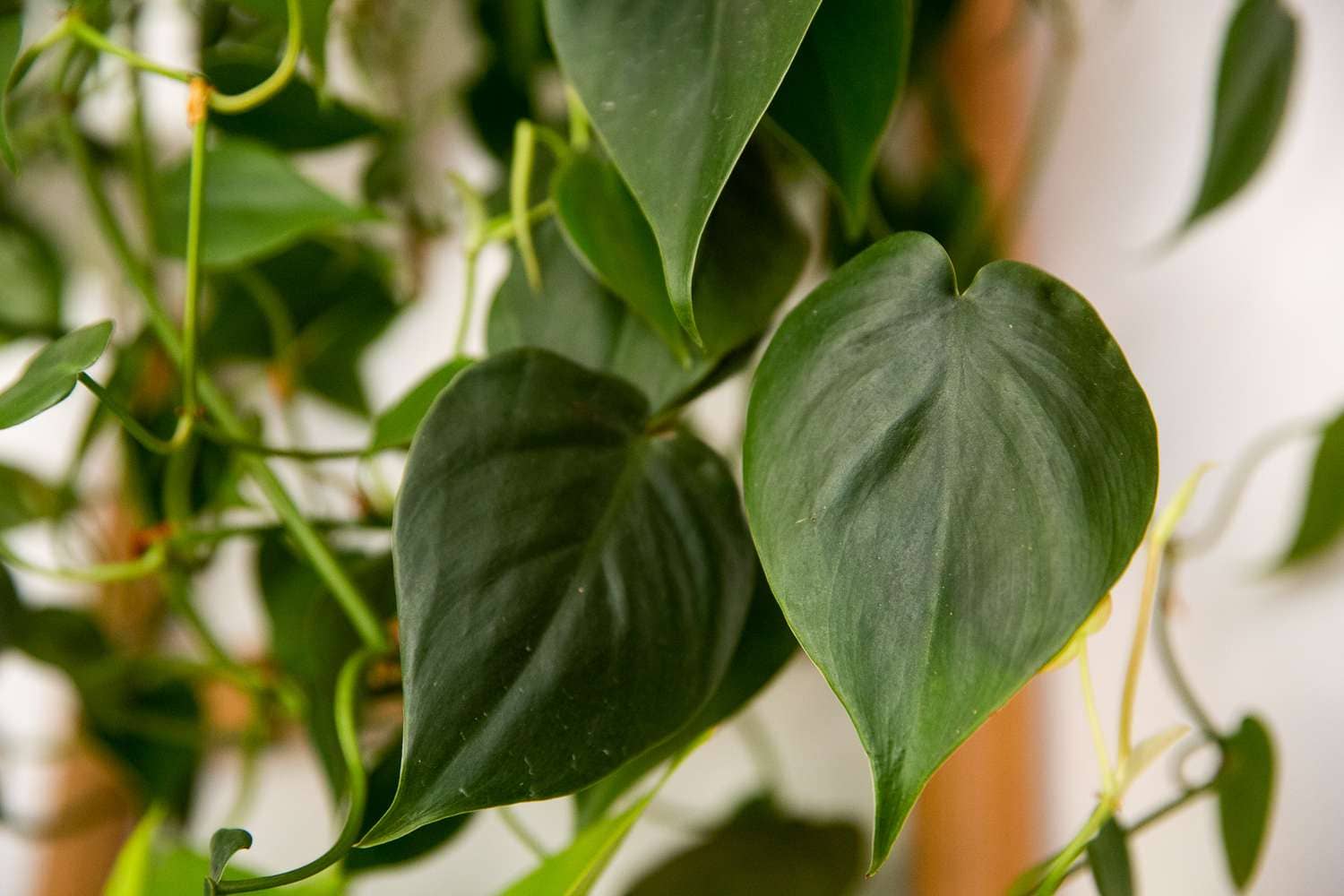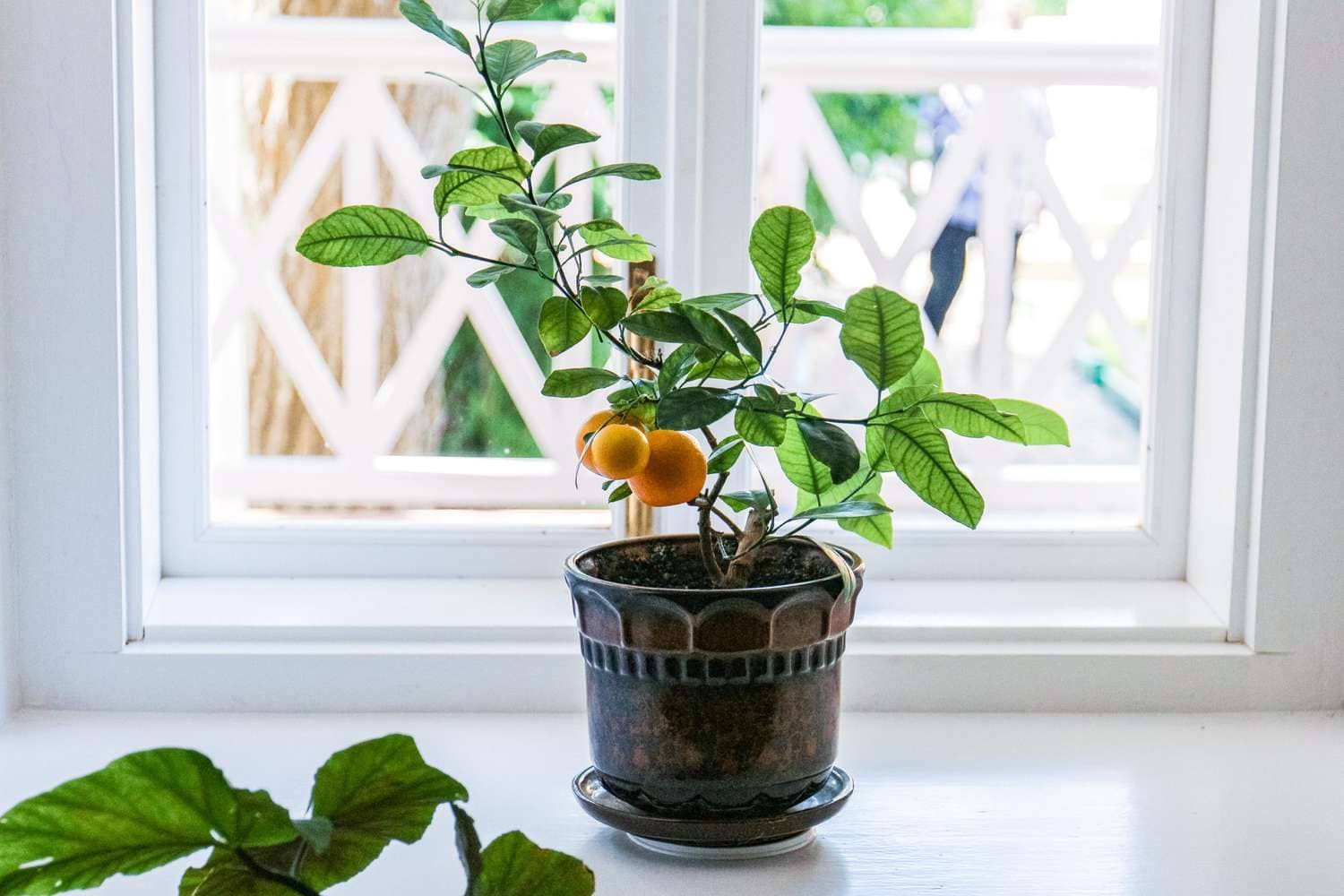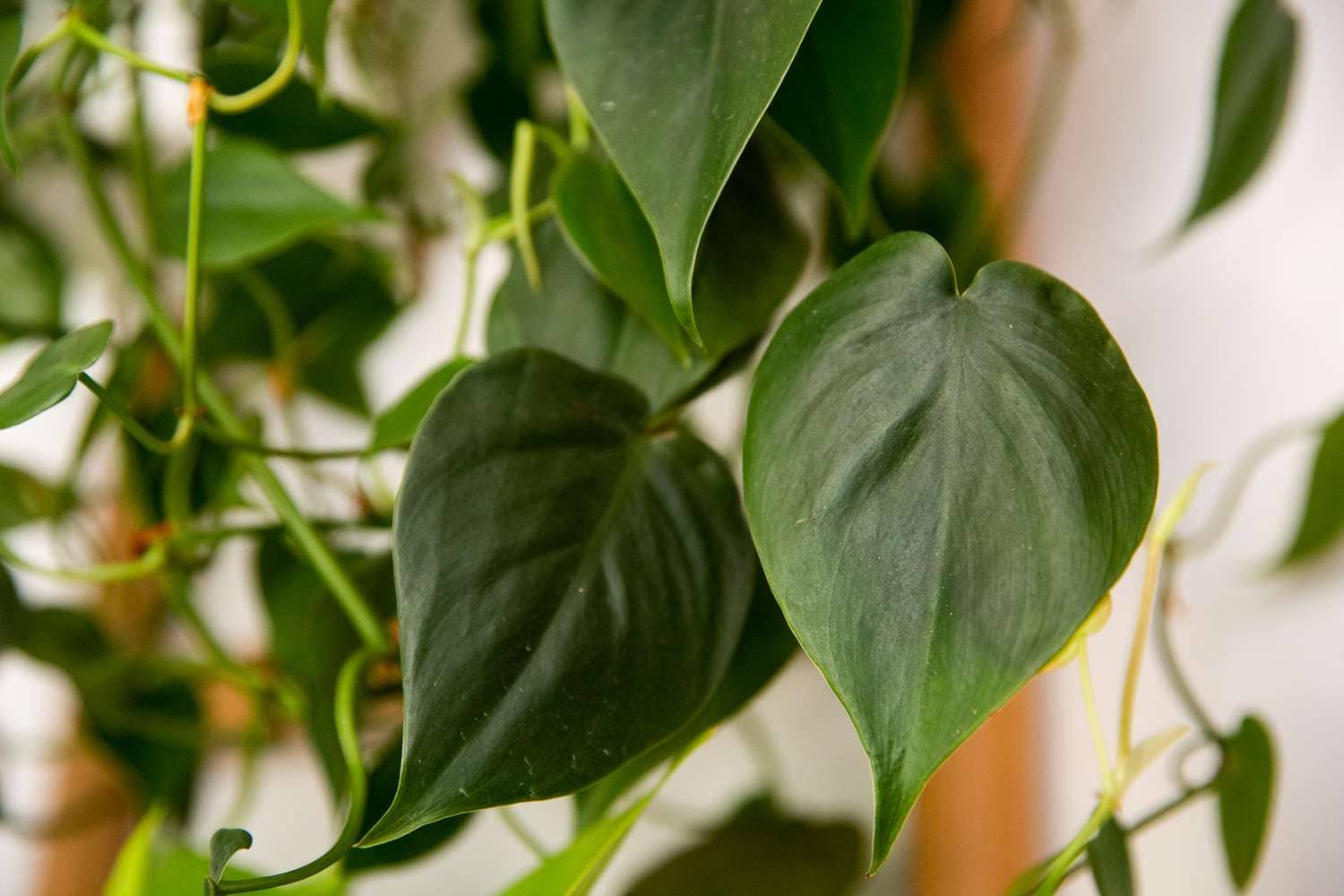Introduction
Philodendron Billietiae, with its unique and striking appearance, has become a popular choice among plant enthusiasts. Originating from the tropical regions of Central and South America, this philodendron species requires specific care to thrive indoors. In this guide, we’ll delve into the essential aspects of growing and caring for Philodendron Billietiae, ensuring that your plant not only survives but flourishes in its new environment.
1. Light Requirements
Philodendron Billietiae is a tropical plant that naturally thrives in filtered sunlight. When cultivating this species indoors, provide bright, indirect light. Place your plant near a window with sheer curtains or in a location where it receives dappled sunlight. Avoid direct sunlight, as it can scorch the leaves.
2. Temperature and Humidity
Maintaining the ideal temperature and humidity levels is crucial for Philodendron Billietiae. Keep the temperature between 65°F to 80°F (18°C to 27°C) during the day and avoid exposing the plant to temperatures below 50°F (10°C). This philodendron prefers high humidity, so consider using a humidifier or placing a tray filled with water and pebbles near the plant.
3. Soil and Potting
Use a well-draining potting mix that retains moisture without becoming soggy. A mix of peat, perlite, and orchid bark is suitable for Philodendron Billietiae. Ensure the pot has drainage holes to prevent waterlogged soil. Repot the plant every 1-2 years or when you notice it outgrowing its current container.
4. Watering
Proper watering is essential for the health of your Philodendron Billietiae. Allow the top inch of soil to dry before watering, and then water thoroughly. Ensure excess water can escape from the drainage holes to prevent root rot. Adjust the frequency based on environmental conditions; in warmer months, you may need to water more frequently.
5. Fertilization
During the growing season (spring and summer), feed your Philodendron Billietiae with a balanced liquid fertilizer every 2-4 weeks. In autumn and winter, reduce the frequency to once a month or follow the specific fertilizer’s instructions. Always dilute the fertilizer to half or quarter strength to prevent overfeeding.
6. Pruning and Propagation
Regular pruning helps maintain the shape and size of your Philodendron Billietiae. Remove any yellow or damaged leaves with clean, sharp scissors. To propagate, choose a healthy stem with a few leaves and root nodes. Place the cutting in water or a moist potting mix until roots develop. Once rooted, transplant it into a new pot.
7. Support and Training
As Philodendron Billietiae matures, it may benefit from support. Use stakes or a moss pole to encourage upward growth and prevent the plant from becoming leggy. Gently tie the stems to the support structure using soft plant ties or twine.
8. Pest Control
Keep an eye out for common pests like spider mites, aphids, and scale insects. Wipe the leaves regularly with a damp cloth to remove dust and discourage pests. If an infestation occurs, treat it promptly with insecticidal soap or neem oil, following the product instructions.
9. Troubleshooting Common Issues
If you notice yellowing leaves, it may indicate overwatering or poor drainage. Adjust your watering routine and check the soil for proper drainage. Browning leaf tips can result from low humidity; increase humidity or mist the plant regularly.
Conclusion
Philodendron Billietiae, with its stunning foliage and unique growth habit, is a delightful addition to any indoor plant collection. By providing the right conditions – optimal light, humidity, and proper care – you can enjoy a healthy and thriving Philodendron Billietiae for years to come. Remember, each plant is unique, so pay attention to its individual needs and make adjustments accordingly. Happy growing!

